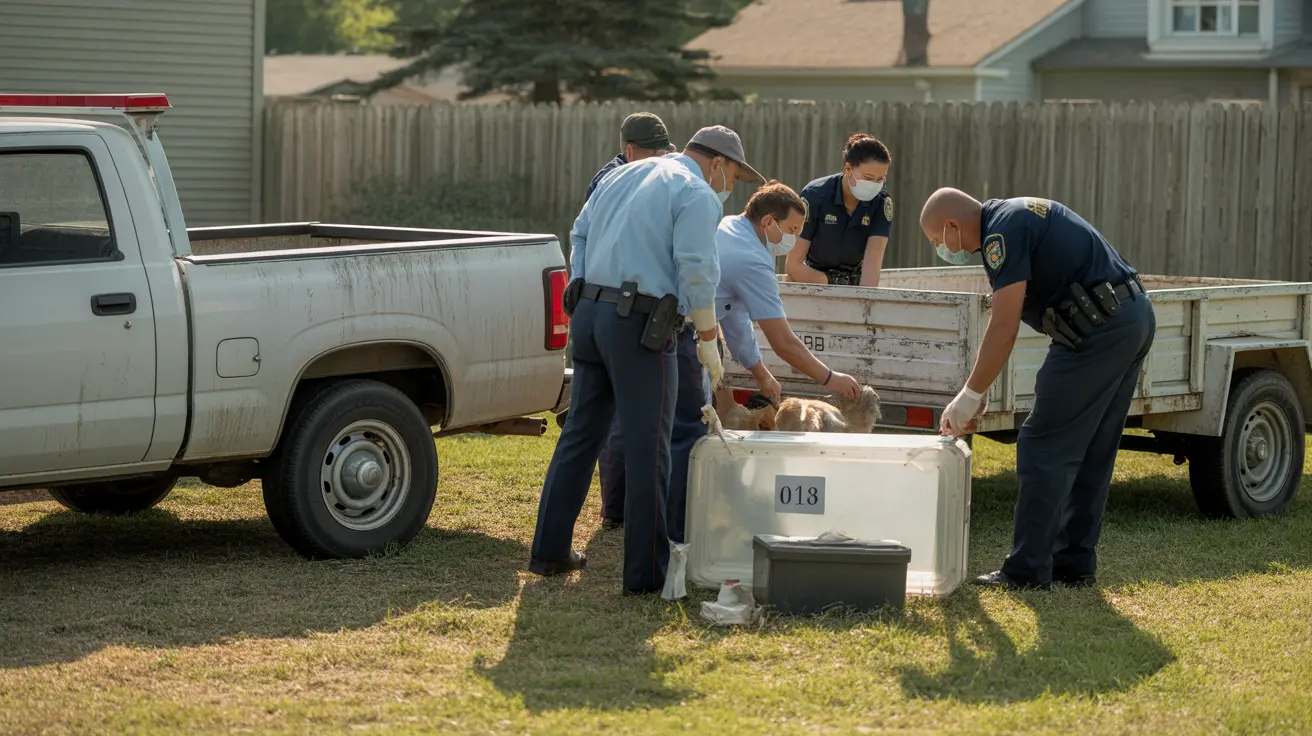What Do Dogs Dream About When They Twitch?
When your dog twitches, paddles, or lets out a soft bark in their sleep, it's natural to wonder what's going on in their furry little heads. Dogs, like humans, experience dreams — and those quirky sleep movements may give us a window into their nighttime adventures.
The Science Behind Dog Dreams
Dreaming in dogs primarily occurs during
Rapid Eye Movement (REM) sleep. This is the phase of sleep marked by active brain waves, rapid eye movement, and muscle atonia — a condition where most voluntary muscles are temporarily paralyzed. However, some motor signals still get through, which can result in visible movements such as:
- Twitching limbs, nose, or eyes
- Paddling or running motions
- Whimpering, barking, or growling
- Irregular breathing
These behaviors strongly suggest the dog is reliving experiences through dreams.
What Do Dogs Dream About?
While we cannot ask dogs about their dreams, scientific observation and neurological research give us reliable insights. Indications suggest that dogs dream about
routine and familiar activities. Based on observed behaviors, dogs may be mentally engaged in:
- Walking with their owners
- Playing with favorite toys
- Chasing squirrels or playing fetch
- Protecting their home or family
- Re-enacting breed-specific tasks (e.g., Pointers pointing, Shepherds herding)
These dream scenarios are linked to their waking experiences, relationships, and habits.
Evidence from Research
Research into canine sleep has revealed that dogs, like humans, use dreams to
process daily experiences and
consolidate memories. In one experimental setup, dogs that learned a new task and then took a nap were better at performing that task afterward than dogs that hadn’t slept. This suggests that
dreaming strengthens learning and memory integration.
Further, scientists have found specific sleep patterns in dogs, including
sleep spindles and brain wave activity during REM sleep, that mirror memory processing functions seen in humans.
Why Do Puppies and Seniors Twitch More?
You may notice that puppies and senior dogs twitch more frequently during sleep. This is due to the underdevelopment or reduced function of the
pons, a brain region that helps inhibit physical movements during REM sleep.
In young and elderly dogs, this inhibition is less effective, allowing more twitching or even acting out of dreams. In fact, when researchers temporarily deactivated the pons in dogs, the animals would move around in ways that suggested they were chasing or reacting to things in a dream — offering valuable insight into their dream content.
Do Dogs Have Nightmares?
Just like us, dogs can suffer from
nightmares. These are unpleasant dreams, potentially reflecting stressful or traumatic experiences, such as:
- Past abuse or neglect
- Pain or illness
- Stressful events like vet visits or moving homes
Signs of nightmares in dogs include:
- Growling or snarling
- Loud barking or crying
- Rapid body movement or shaking
- Restlessness upon waking
In general, if your dog wakes up shakily but quickly returns to normal behavior, the dream was likely not severely disturbing.
More Serious Sleep Disorders
Some sleep behaviors may indicate more than just vivid dreaming. Two conditions to be aware of include:
- REM Sleep Behavior Disorder: Dogs act out dreams violently, which may resemble seizures. This can include biting, growling, or self-injury.
- Night Terrors: Occurring during non-REM sleep transitions, these are sudden outbursts of fear and movement, distinct from dreams.
Should You Wake a Dreaming Dog?
Veterinarians advise
not to touch a sleeping dog during a dream, especially one that appears distressed. A startled dog may bite reflexively. Instead:
- Use a calm, reassuring voice
- Allow the episode to pass naturally if it isn’t severe
- Comfort your dog once they're awake and alert
Helping Your Dog Sleep Better
To support better sleep and dreams for your dog:
- Provide a quiet, comfortable sleep environment
- Stick to regular sleeping and feeding routines
- Give your dog daily mental and physical stimulation
- Ensure a safe bed or crate to prevent injury
If troubling dreams or aggressive sleep behavior becomes frequent, seek veterinary attention. Diagnosis may include:
- Video recordings
- Neurological exams
- Sleep monitoring with EEG
Treatment options range from environmental adjustments to medications like
clonazepam or
potassium bromide, and sometimes involve veterinary neurologists or behavior specialists.
Conclusion
Dogs dream for many of the same reasons humans do — to process, remember, and emotionally sort through daily life. So, when you see your pup twitching in their sleep, it’s likely they're imagining a joyful game of fetch or a leisurely walk with you.
Creating a calm, nurturing environment goes a long way in ensuring your dog’s dreams are peaceful and restorative.





